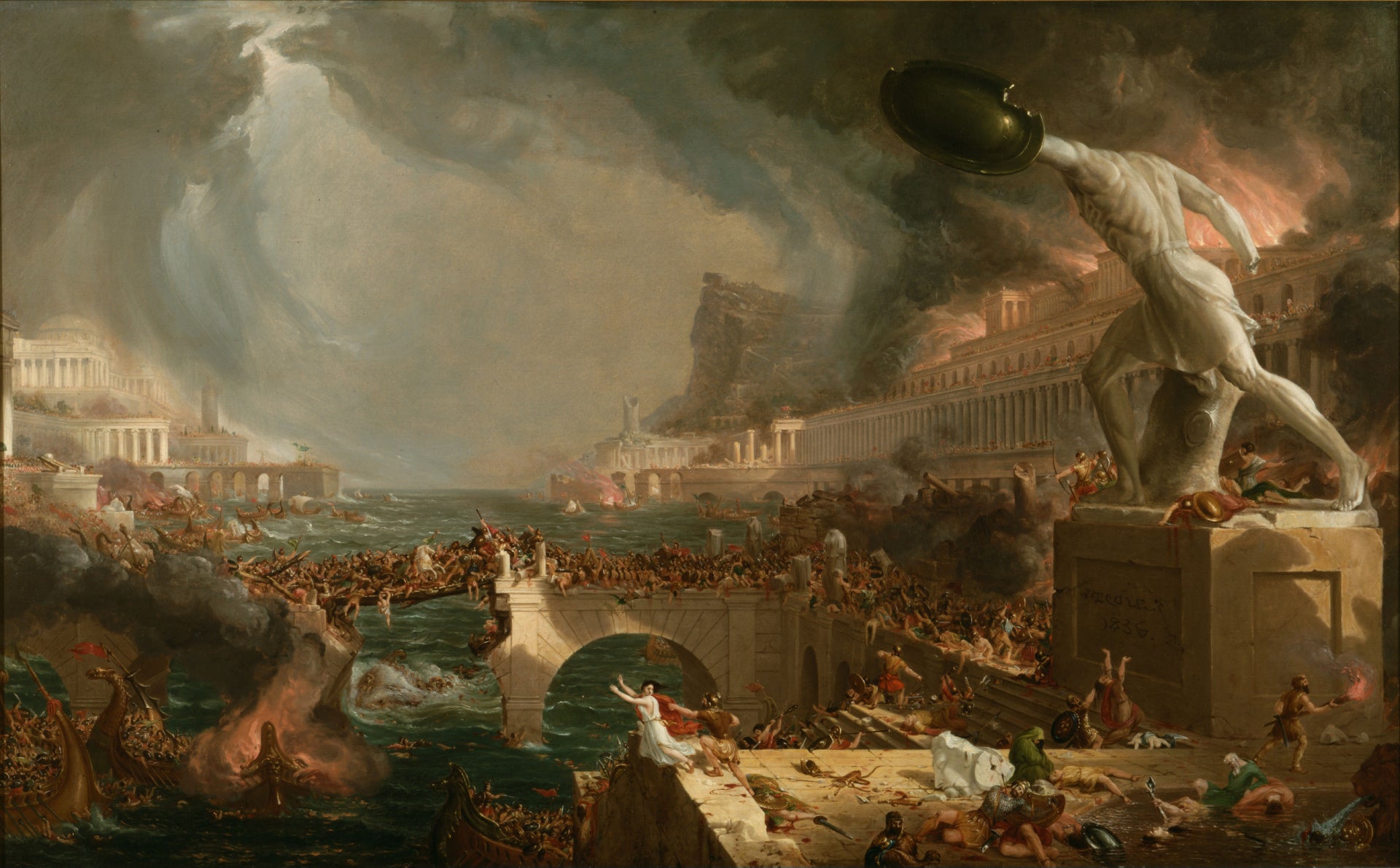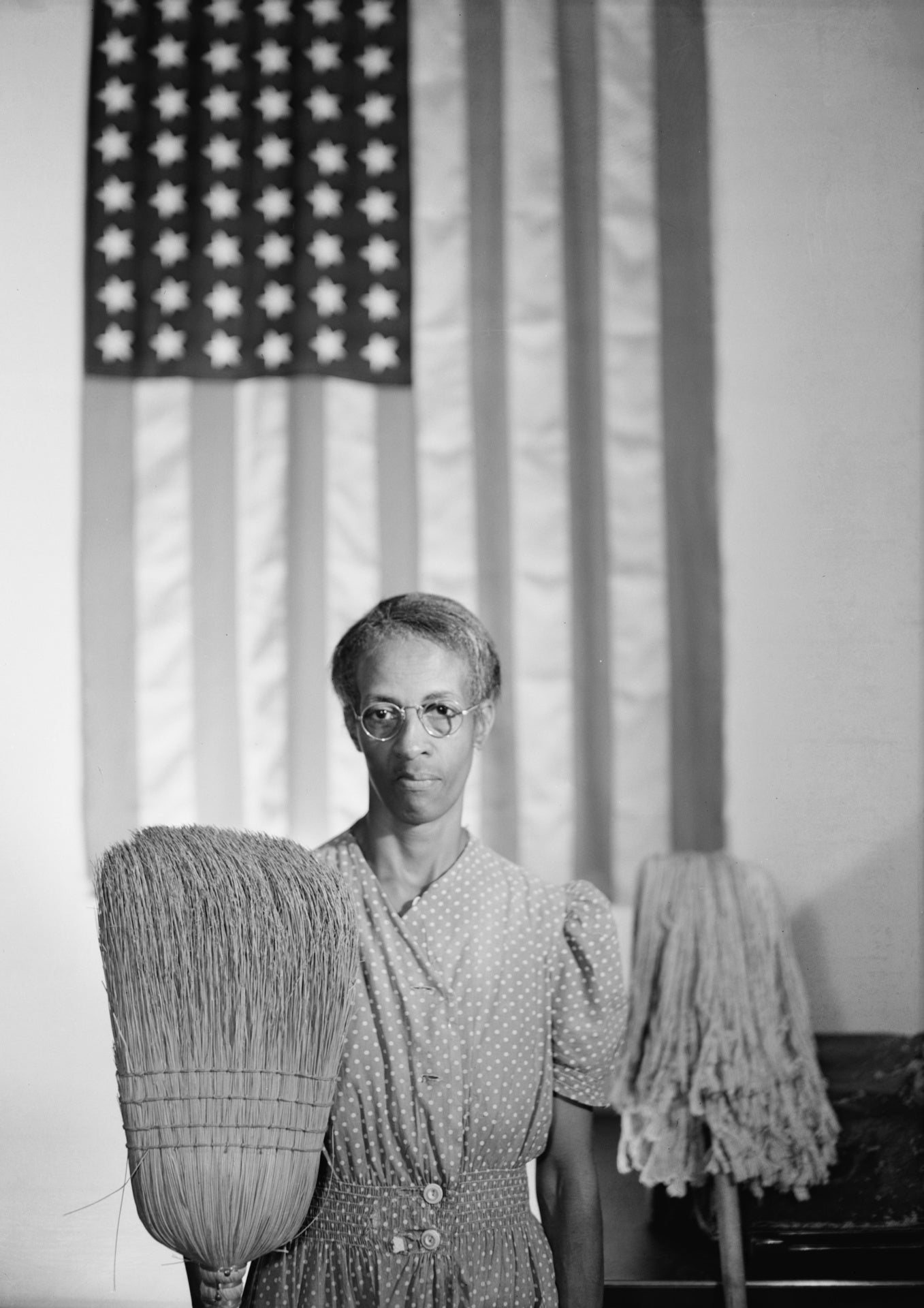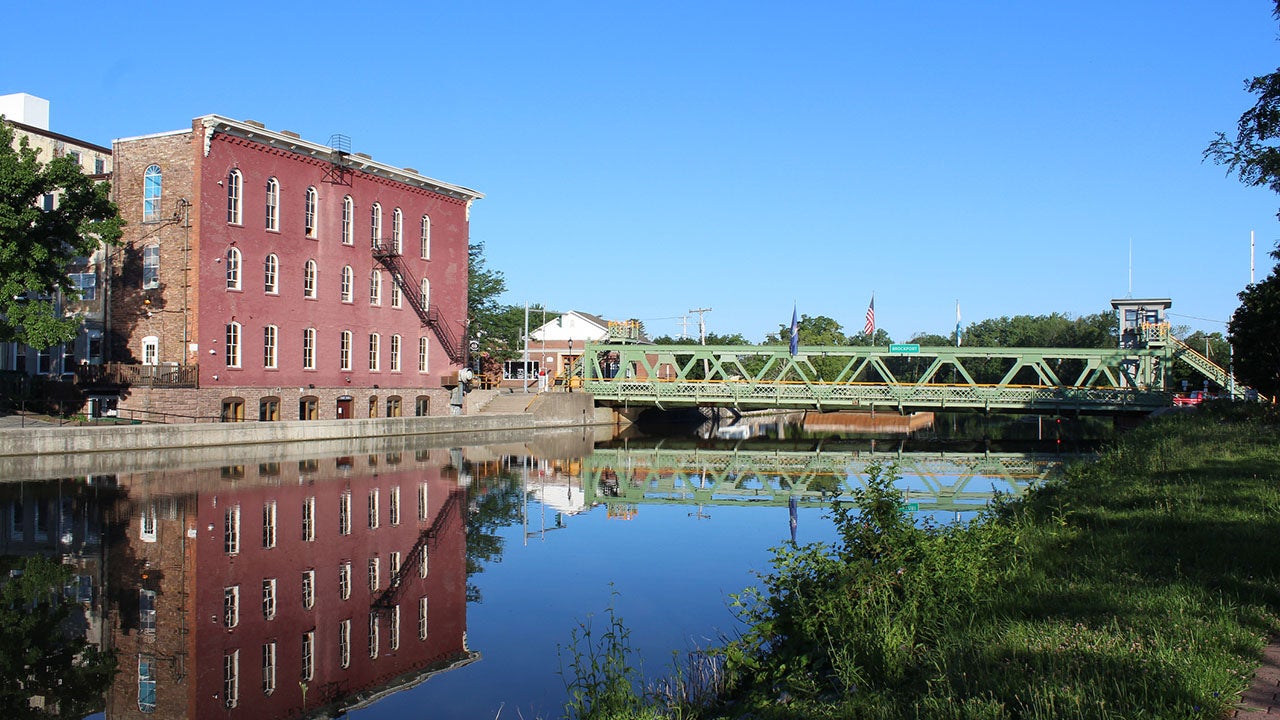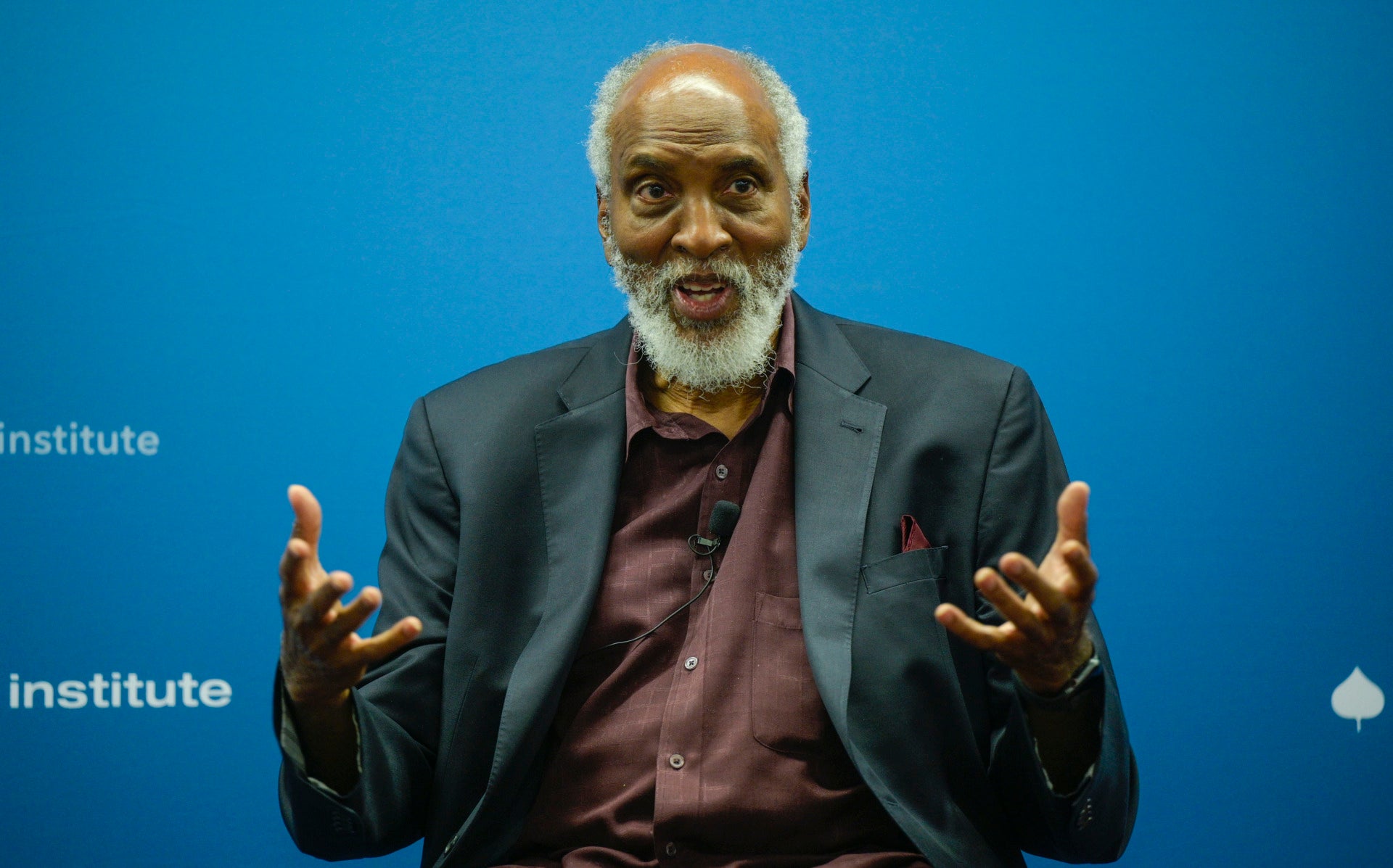More than ever, Americans are separating into groups with their own worldviews, their own sources, and their own facts. We have lost sight of the vital connection between the symbols, texts, sounds, places, ideas and artifacts that make up the fabric of this nation and the present. We think building a foundation of common knowledge is an antidote to this trend. That’s why the Aspen Institute Citizenship & American Identity Program created What Every American Should Know, an initiative that asks Americans to answer the question: “What do you think Americans should know to be civically and culturally literate?” This series of blogs highlights key terms submitted as responses to that question, explores the context of those terms, and connects history to modern day.
Given the fractured state of this nation’s civic discourse, what remains of a shared national identity? The fleeting and perishable stream of commercials, arguments, and reduction of ideas to tweets has left many Americans overwhelmed and disoriented. The constant churn of a nation of urban vs. rural, rich vs. poor, and conservatives vs. liberals has splintered our shared story.
This worry, though, is nothing new. Every generation since the nation’s founding has gone through its own identity crisis. The Constitution may have taught those early generations how to negotiate their differences and how to be, but it was the artists, writers, photographers, and musicians who taught them who to be.
Among those artists is Thomas Cole a 17-year old immigrant who left England in 1818 for a better life in America. His self-taught work painting iconic American landscapes signaled the first American art movement. Cole, along with students and followers like Edwin Church, Asher Durand, Thomas Moran and Albert Bierstadt, were known collectively as the Hudson River School. Their paintings radiated light — a light that gives them the quality of dreaming and the possibility to choose your life just as Cole did when he settled in Catskill, New York.
These artists laid down in paint the geography of the American dream of progress and hope. European artists filled their landscapes with relics of the past—ruined castles, battlefields and a world bound by class, religion, and nationality. Europe was the past and America was the future. For Cole’s generation the Hudson River was both the cradle of the American Revolution, with key battles fought along its banks, and a symbol of progress connecting East to West with the opening of the Erie Canal. Their vision of the nobility of the American landscape and progress would later be set to music in America the Beautiful — “a thoroughfare for freedom beat across the wilderness!”

Thomas Cole’s The Course of Empire
Like now, progress brings change. It brings destruction and dislocation. Cole had left England because industrialization had transformed an agrarian way of life into coal pits, factories, and smoke. And one of his signature paintings, The Course of Empire, was a visual metaphor and warning to his fellow Americans of the inherent dangers of progress, its evolution into greed and luxury, which finally brings about extinction. The 1830s when he painted this piece was just as divisive and revolutionary as today. The emergence of steam locomotives and McCormick’s mechanical reaper were just as transformational then as artificial intelligence and robots are today. Just as citizens today argue over rights and citizenship, Americans then argued over slavery and federal tyranny over the states.
And those arguments would lead to one of this country’s greatest calamities, the Civil War. When the politicians stopped blaming and the armies stopped killing each other in 1865, Americans realized they were still on the same land together. So it seemed fitting that some Chicago investors commissioned a French artist, Paul Philippoteaux, to memorialize the climactic moment of that war, Pickett’s Charge at Gettysburg. Unveiled in Chicago in 1883, it was four hundred feet long, fifty feet high and weighed six tons. Three other versions of the cyclorama went on display in Boston, New York, and Philadelphia. This was not the innocent pastoral landscapes of Cole that invoked reflection. This was a visceral gut punch for the huge crowds, who witnessed thousands of men fighting furiously amidst the smoke and gore of dead animals, leaving half the Confederates as casualties and the Union victorious. The painting soon went out of style and was forgotten until it was restored as the centerpiece of the largest reunion of Civil War veterans in 1913 at Gettysburg.

Paul Philippoteaux’s Gettysburg Cyclorama
The few hundred African-American veterans attending the reunion had no place in this reconciliation, which honored the valor of the South and the bravery of the North. In their eyes secession was treason and emancipation a noble cause. Yet no matter how hard they looked at the painting, even in its stunning realism, could they find a clue as to why these men and their comrades fought and died. Although these black veterans didn’t fight at Gettysburg, they were among the 179,000 African-Americans who served the Union at Petersburg, Nashville, and dozens of other battlefields. The freedom they won for themselves was slowly being erased by Jim Crow laws and white supremacy movement. This was the price of fifty years of peace and reconciliation, which this reunion celebrated. The painting was the perfect illusion — it obscured both slavery as the true cause of war and Lincoln’s proposition that this nation shall “have a new birth of freedom” said there 50 years earlier.

Gordon Parks’ American Gothic
An exhibition of photographs by Gordon Parks coinciding with the 150th anniversary of the Civil War brushed aside this gauzy veil of nostalgia. Entitled Higher Ground, it included eight of his photo essays for Life magazine. As the first black photographer at Life magazine, Parks became one of the greatest interpreters of American society. His photo essays span the Civil Rights movement from the 1950s to 1960s. “Segregation Story” chronicles the everyday life of a family in 1950s Alabama — a life bound by color lines on everything from drinking fountains to buying ice cream. These essays illuminated the effects of almost one hundred years of Jim Crow laws.
America owes its cultural identity to artists like Parks, Cole, and Philippoteaux. Their works taught us who to be and shed light on the best of who we are as Americans. Thomas Cole’s studio, Gordon Parks’ negatives and Philippoteaux’s Gettysburg Cyclorama all were preserved by Save America’s Treasures grants so that the next generation can sing the living tale of America.


